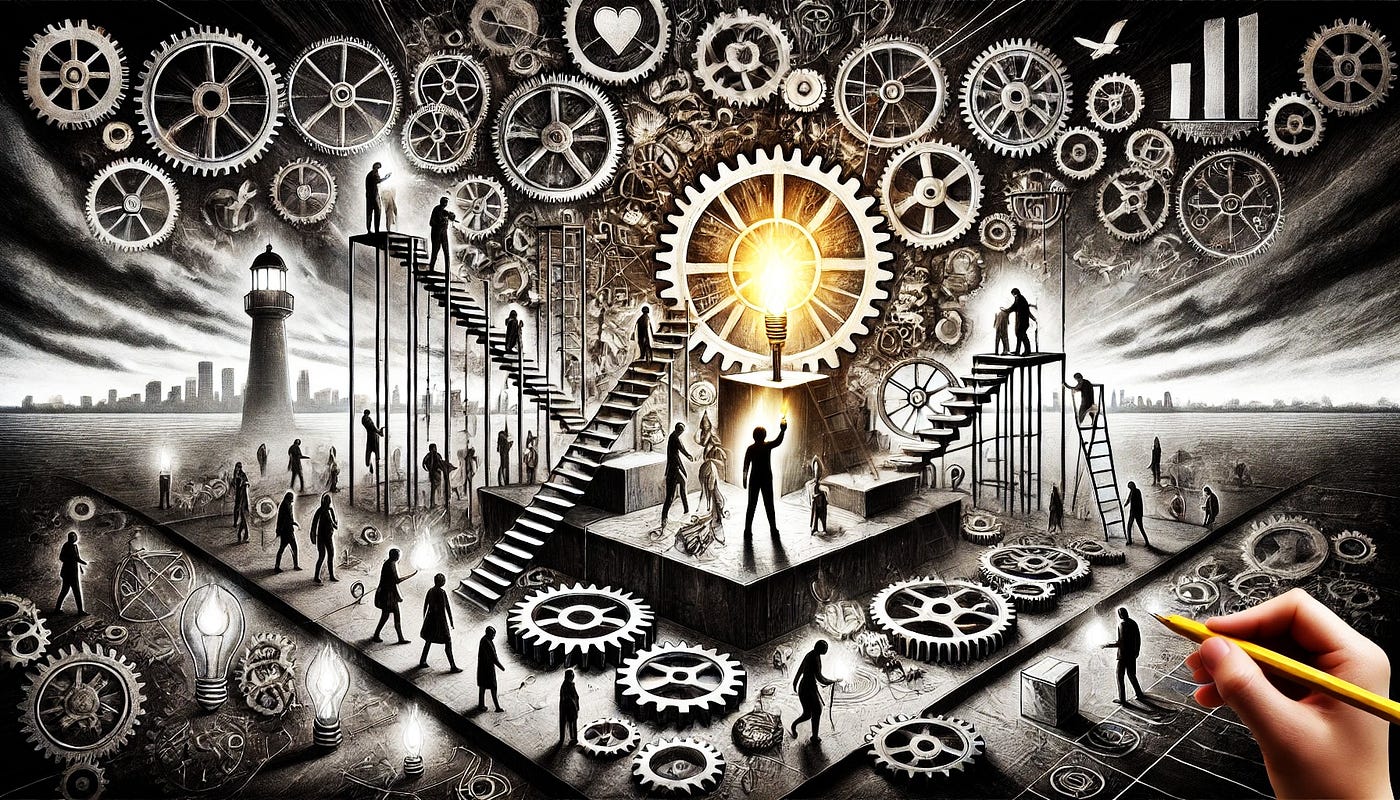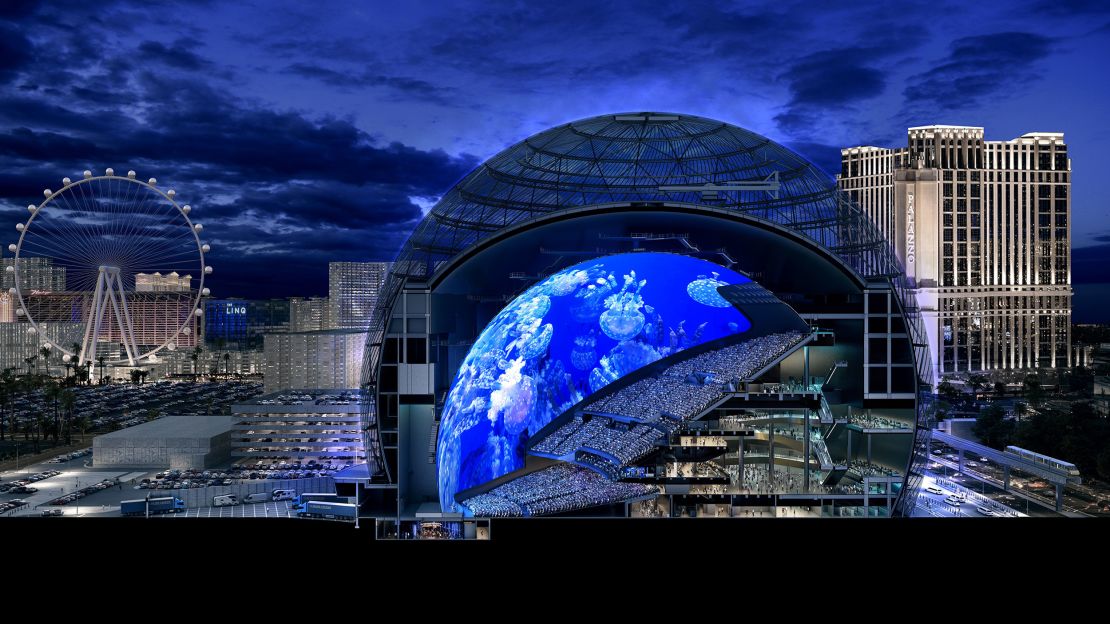The neon-lit corridors of modern casinos – like those you’d experience in flight legends demo – pulse with more than just the electronic chirping of slot machines and the shuffle of cards. Beneath the surface of America’s gambling halls runs a deeper current—one that flows directly from the smoky juke joints of the Mississippi Delta and the honky-tonk bars of Nashville. The relationship between blues, country music, and casino culture represents one of the most fascinating intersections of American entertainment, where risk, rebellion, and raw emotion converge in spaces designed for both escape and possibility.
The Shared DNA of Risk and Rebellion

Both gambling and the musical traditions of blues and country emerged from similar soil: communities on society’s margins, where taking chances wasn’t just entertainment but often a matter of survival. The blues, born in the post-Reconstruction South, gave voice to those who had little to lose and everything to gain. Similarly, country music chronicled the struggles of working-class Americans who understood that sometimes a long shot was the only shot available.
These musical forms naturally gravitated toward venues where gambling flourished. In the early 20th century, juke joints—those ramshackle establishments that served cheap liquor and featured live music—often hosted dice games, card tables, and other forms of wagering alongside their musical entertainment. The atmosphere was electric with possibility, whether you were listening to Robert Johnson’s haunting guitar or trying your luck at a game of craps.
The emotional landscape of both blues and country music—tales of heartbreak, hardship, and hope—mirrored the psychological rollercoaster of gambling. A losing streak felt like a Hank Williams lament, while a big win carried the euphoric release of a triumphant blues number. This emotional synchronicity created a natural partnership that would eventually find its way into the world’s most famous casinos.
Las Vegas: Where Music Met the Machine

Las Vegas in the 1940s and 1950s became the proving ground for this musical-gambling synthesis. As the city transformed from a desert outpost into America’s playground, it needed entertainment that could match the excitement of its gaming floors. Country and blues musicians, already comfortable performing in establishments where gambling was part of the atmosphere, found Las Vegas to be fertile ground.
The legendary Copa Room at the Sands Hotel became a template for casino entertainment, hosting everyone from Frank Sinatra to Sammy Davis Jr. But it was the smaller lounges and side rooms where country and blues artists found their niche, providing the soundtrack for intimate gaming experiences. These venues understood that music could enhance the gambling experience by creating emotional peaks and valleys that paralleled the action at the tables.
Country music, with its storytelling tradition, proved particularly adept at capturing the gambling experience. Songs like “The Gambler” by Kenny Rogers became anthems not just for the genre but for casino culture itself. The song’s famous advice—”know when to hold ’em, know when to fold ’em”—became gambling philosophy set to melody, encapsulating the wisdom and fatalism that both country music and casino culture embraced.
The Architecture of Atmosphere
Modern casino designers recognized early on that music wasn’t just entertainment—it was architecture for the emotions. The tempo, volume, and style of music could influence gambling behavior, encouraging players to stay longer, bet more freely, or feel more optimistic about their chances. Blues and country music, with their emotional directness and relatable narratives, became powerful tools in this atmospheric engineering.
The walking bass lines of blues music matched the steady rhythm of slot machine play, while the build-and-release structure of country ballads mirrored the tension and resolution of card games. Casino sound designers began incorporating these musical elements into their ambient soundscapes, creating environments where the line between live entertainment and atmospheric manipulation became increasingly blurred.
The visual aesthetics also began to merge. The rustic, authentic imagery associated with country music—weathered wood, vintage signage, and Americana iconography—found its way into casino design, particularly in venues targeting middle America. Similarly, the moody, atmospheric elements of blues culture influenced the lighting and décor of gaming floors, creating environments that felt both familiar and exciting to visitors from across the cultural spectrum.
Cultural Crossroads and Commercial Success

The marriage of gambling and music created new commercial opportunities that benefited both industries. Casinos discovered that live music could extend patron visits, increase spending, and create memorable experiences that encouraged return visits. Musicians found steady work and captive audiences, while also gaining exposure to demographics they might not reach through traditional concert venues.
This symbiosis spawned entirely new entertainment formats. The casino showroom became a unique performance space, different from concert halls or nightclubs, where artists had to compete with the excitement of gambling while also complementing it. Successful casino performers learned to read their audiences differently, understanding that their listeners might be distracted by recent wins or losses, creating a more interactive and emotionally charged performance environment.
The influence flowed both ways. Country and blues artists began incorporating gambling imagery into their music more frequently, while casino marketing departments discovered that music could be a powerful tool for branding and customer loyalty. Themed casino nights, music festivals on casino grounds, and partnerships between gaming companies and record labels became standard practices in the industry.
Technology and Evolution
As both industries evolved technologically, their relationship deepened and became more sophisticated. Digital slot machines could incorporate actual recordings from famous country and blues artists, creating themed gaming experiences that combined familiar musical favorites with the thrill of gambling. Players could spin reels while listening to their favorite songs, creating a multi-sensory experience that heightened both the musical and gaming elements.
Online gambling platforms took this integration even further, offering virtual casino experiences with carefully curated musical soundtracks. The accessibility of streaming music allowed online casinos to create personalized gambling environments where players could combine their musical preferences with their gaming choices, creating unprecedented levels of customization and engagement.
Mobile gaming apps began incorporating elements from both musical traditions, using country and blues-inspired graphics, sound effects, and themes to appeal to specific demographic groups. The authenticity and emotional connection associated with these musical genres became valuable commodities in the increasingly competitive online gambling market.
The Authentic Connection
What makes the relationship between blues, country music, and casino culture so enduring is its authenticity. Unlike other forms of casino entertainment that might feel manufactured or artificial, the connection to these musical traditions feels organic and honest. Both gambling and these musical genres deal with fundamental human experiences—risk, reward, loss, hope, and the search for something better.
The honesty of blues and country music—their willingness to confront both triumph and failure—resonates with gamblers who understand that both outcomes are part of the experience. This emotional honesty creates a trust between performer and audience, between casino and patron, that purely commercial entertainment cannot replicate.
The storytelling tradition central to both musical genres also provides a framework for understanding the gambling experience. Every session at a casino is, in essence, a story with an uncertain ending. The narrative structures familiar from country and blues songs—the setup, the conflict, the resolution (happy or tragic)—mirror the arc of a gambling session, providing a comfortable emotional framework for processing the experience.
Modern Manifestations and Future Directions
Today’s casino industry continues to draw inspiration from these musical roots while adapting to contemporary tastes and technologies. Major casino destinations host country music festivals and blues competitions, recognizing that these genres still draw significant audiences and create unique experiential opportunities that differentiate venues from their competitors.
The integration has become more subtle and sophisticated, with casino designers using musical principles to inform everything from floor layouts to lighting schemes. The concept of “musical gambling”—where the experience of playing games incorporates musical elements—represents a growing trend that acknowledges the deep psychological connections between rhythm, emotion, and risk-taking behavior.
Emerging technologies like virtual and augmented reality promise to deepen this relationship even further, potentially allowing gamblers to enter fully immersive environments where musical and gaming experiences merge completely. These developments suggest that the partnership between music and gambling, which began in the modest surroundings of rural juke joints, will continue to evolve and find new expressions in the digital age.
The Enduring Legacy
The influence of blues and country music on casino culture extends far beyond entertainment programming or atmospheric design. These musical traditions helped establish the emotional vocabulary of modern gambling culture, providing frameworks for understanding risk, processing loss, and celebrating victory that remain relevant today.
The values embedded in blues and country music—authenticity, emotional honesty, resilience in the face of hardship, and the belief that luck can change—became foundational elements of casino culture. They helped transform gambling from a vice-associated activity into a form of mainstream entertainment that could appeal to broad audiences while maintaining its edge of excitement and danger.
This cultural transformation didn’t happen by accident. It resulted from the natural affinity between musical traditions that celebrated life’s uncertainties and commercial enterprises built around controlled uncertainty. The juke joint and the casino shared more than just customers; they shared a philosophy that life was worth the risk, that sometimes you had to gamble to get ahead, and that the journey was often more important than the destination.
As casino culture continues to evolve and expand globally, the influence of American blues and country music remains a constant thread, reminding us that beneath all the technological sophistication and commercial calculation lies something fundamentally human: the desire to take chances, to hope for better outcomes, and to find community with others who understand that sometimes the most authentic experiences come from embracing uncertainty.
The path from juke joints to jackpots represents more than just the evolution of entertainment venues. It charts the transformation of American culture itself, showing how marginal traditions can become mainstream influences while maintaining their essential character and appeal. In the end, the relationship between blues, country music, and casino culture tells us as much about who we are as Americans as it does about how we choose to entertain ourselves.
